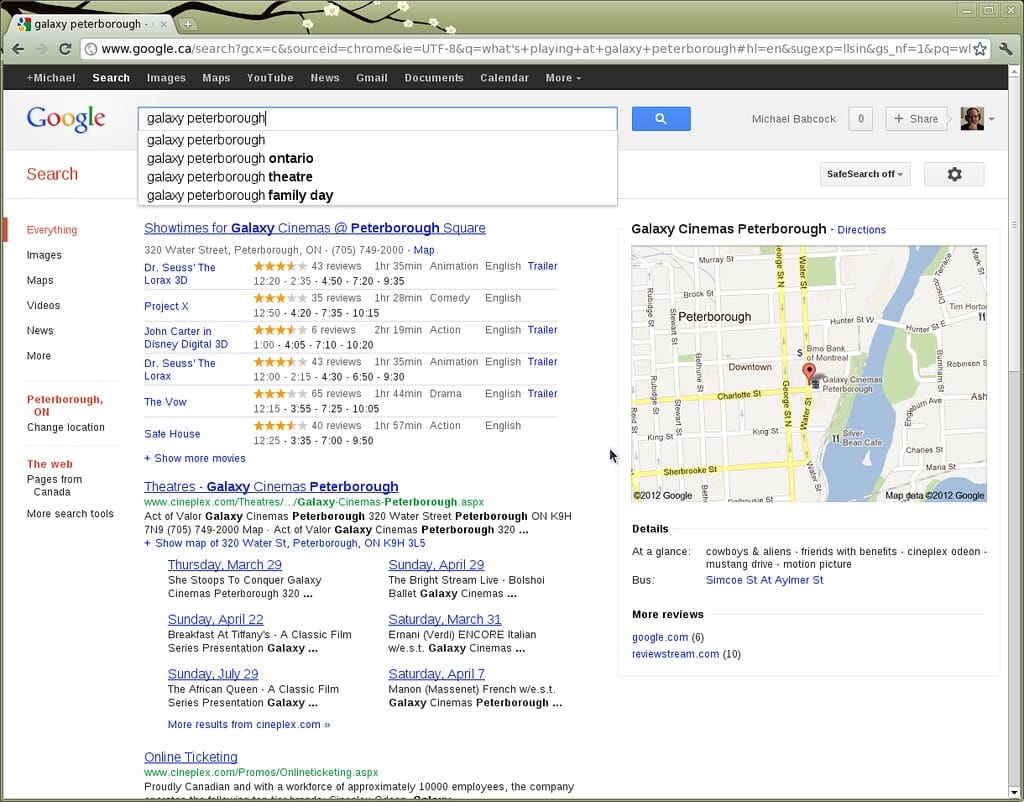Google's New Search Sources Feature: Taking Control of Your Information Diet
Google has quietly rolled out a game-changing feature that puts users in the driver's seat of their search experience. The search giant now allows users to prioritize their preferred sources in search results, marking a significant shift toward personalized information consumption in an era where source credibility has never been more critical.
What's New in Google Search
The new feature, currently available to select users, enables people to designate their most trusted news outlets, websites, and information sources. When conducting searches, Google's algorithm will then prioritize results from these pre-selected sources, effectively creating a curated search experience tailored to individual preferences.
This development represents Google's response to growing concerns about information quality and the challenge of navigating an increasingly crowded digital information landscape. With over 8.5 billion searches conducted daily on Google, the ability to filter results through trusted sources could reshape how millions of people consume information.
Why This Matters Now
The Information Overload Problem
Today's internet users face an unprecedented volume of information. A single search query can return millions of results in fractions of a second, making it difficult to quickly identify authoritative sources. Research from the Reuters Institute shows that 59% of people are concerned about distinguishing fact from fiction online, while 76% worry about misinformation being used as a political weapon.
Trust in the Digital Age
The feature arrives at a time when trust in information sources varies dramatically across different demographics and political affiliations. According to Pew Research, Americans' trust in news media has declined significantly, with only 32% expressing confidence in mass media's ability to report news fully, accurately, and fairly.
How It Works
Users can access the feature through Google's search settings, where they can add up to 10 preferred sources. These might include established news organizations like BBC or Reuters, specialized publications in their field of interest, or local news outlets they trust. Once configured, Google's algorithm will boost results from these sources in future searches while still maintaining the option to view all available results.
The system also learns from user behavior, noting which sources users click on most frequently and gradually incorporating this data into the personalization algorithm.
Potential Benefits and Concerns
The Upside
For users, this feature offers several advantages:
- Efficiency: Faster access to information from trusted sources
- Relevance: Results aligned with personal preferences and needs
- Quality Control: Reduced exposure to unreliable or low-quality content
The Risks
However, the feature also raises important questions:
- Echo Chambers: Will users limit themselves to sources that confirm their existing beliefs?
- Algorithmic Bias: How will Google balance user preferences with comprehensive information access?
- Discovery: Might users miss important perspectives from sources outside their chosen list?
Industry Impact
This move could significantly impact digital media economics. Publishers may find themselves competing not just for Google's algorithmic favor, but for inclusion in users' preferred source lists. This could advantage established, well-known brands while making it harder for emerging voices to gain visibility.
The feature also puts pressure on news organizations to maintain high editorial standards and build direct relationships with their audiences, as getting on users' preferred lists becomes crucial for traffic and revenue.
What This Means for You
If you gain access to this feature, consider these strategies:
Diversify Your Sources: Include publications across the political spectrum and from different geographic regions to maintain a balanced information diet.
Mix Content Types: Combine breaking news sources with analytical publications, local outlets with international perspectives.
Regular Review: Periodically assess and update your preferred sources list to ensure it still serves your information needs.
Looking Ahead
Google's new source prioritization feature represents a broader trend toward user-controlled algorithms and personalized content experiences. While it offers promising benefits for information quality and user satisfaction, its success will ultimately depend on how thoughtfully users curate their source lists and whether Google can maintain the delicate balance between personalization and comprehensive information access.
As this feature rolls out more widely, it will likely influence how we think about information consumption, source credibility, and the role of algorithmic platforms in shaping public discourse. The key will be ensuring that personalization enhances rather than limits our understanding of the world around us.
